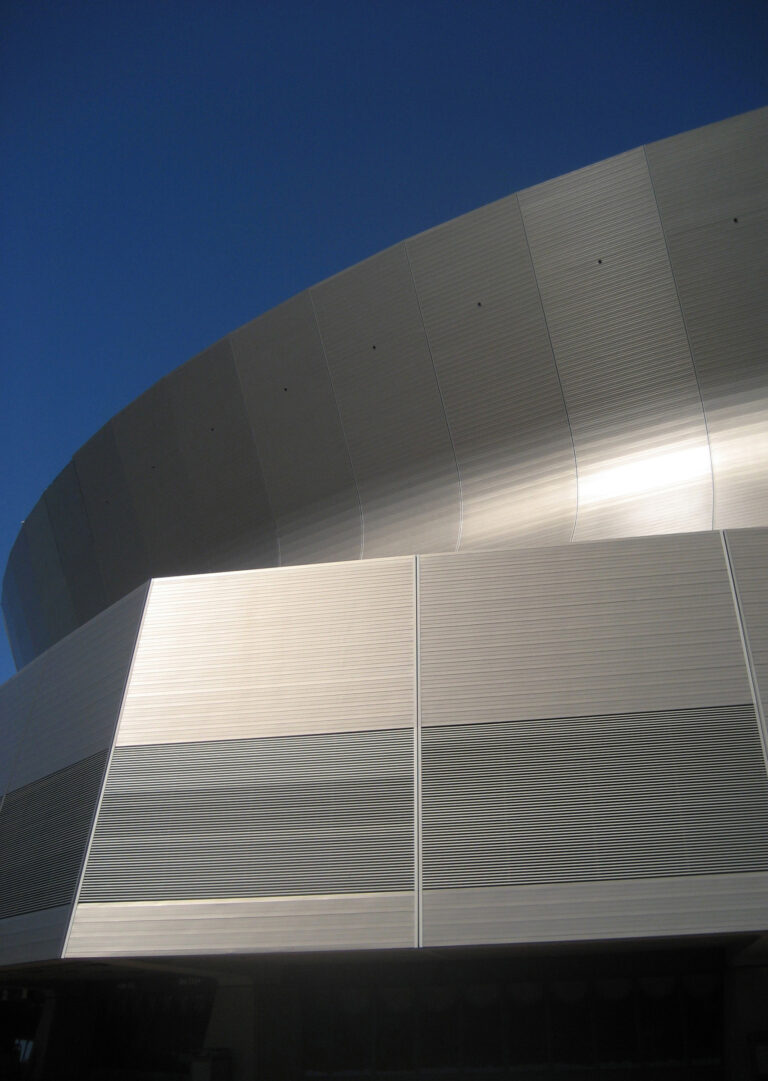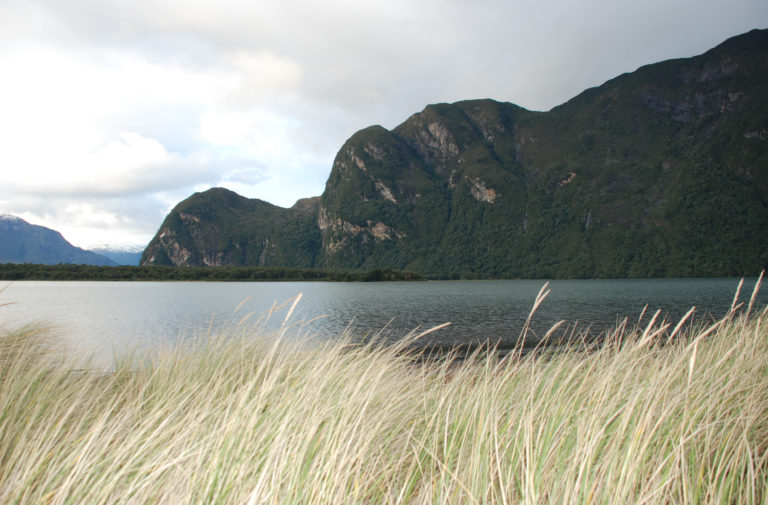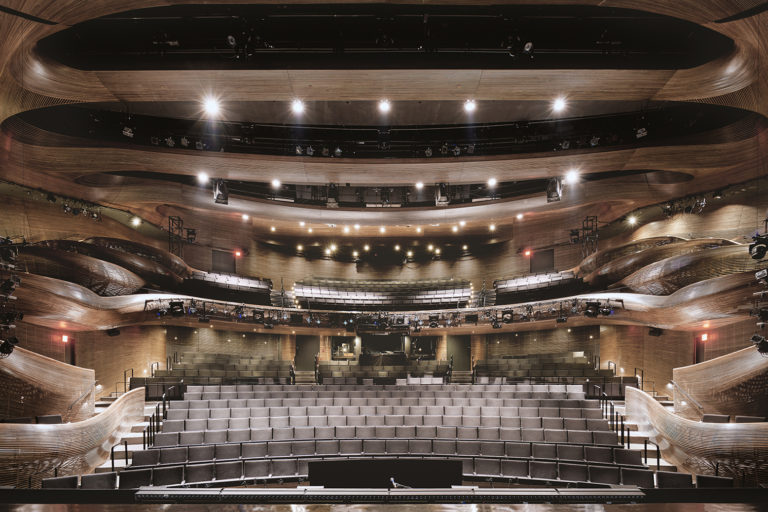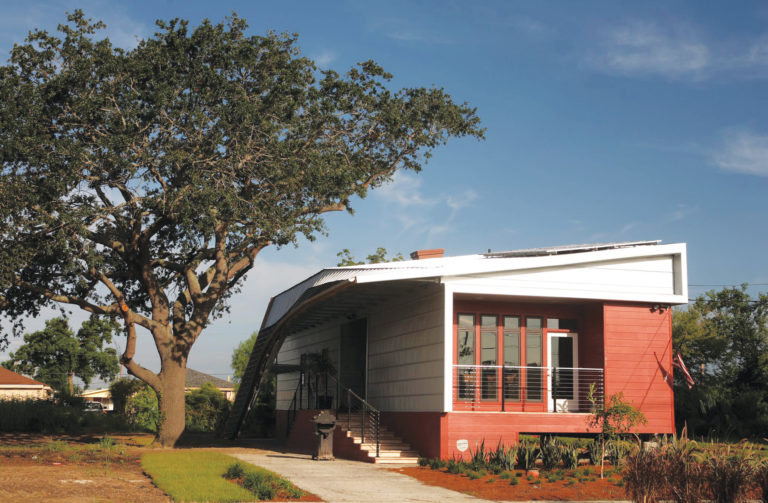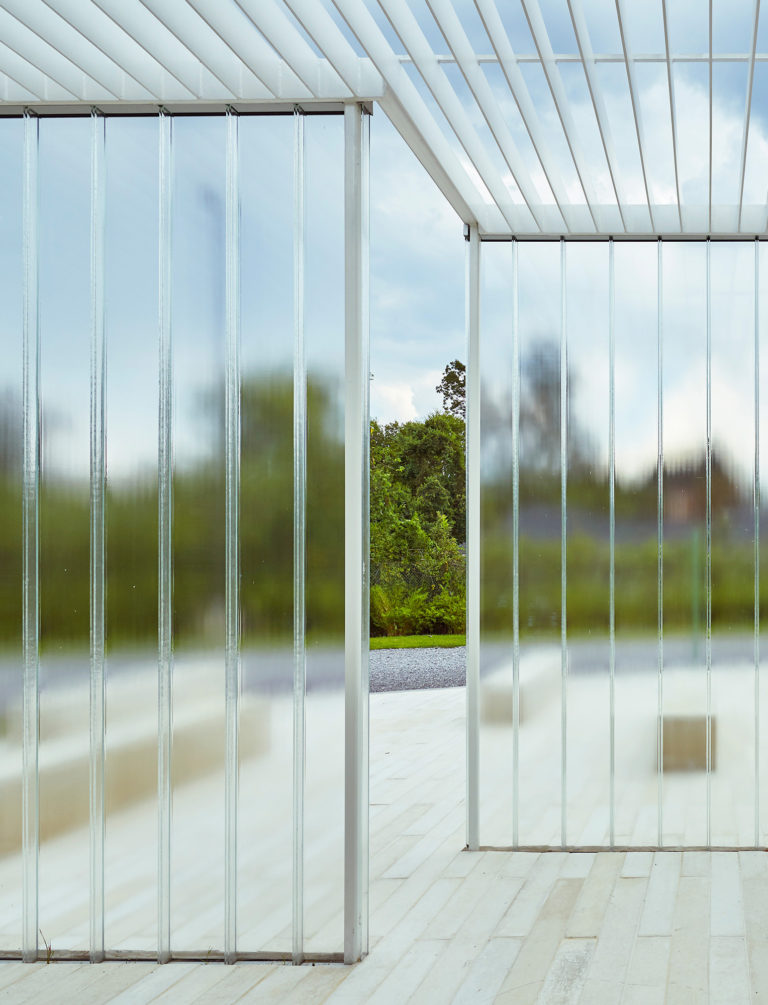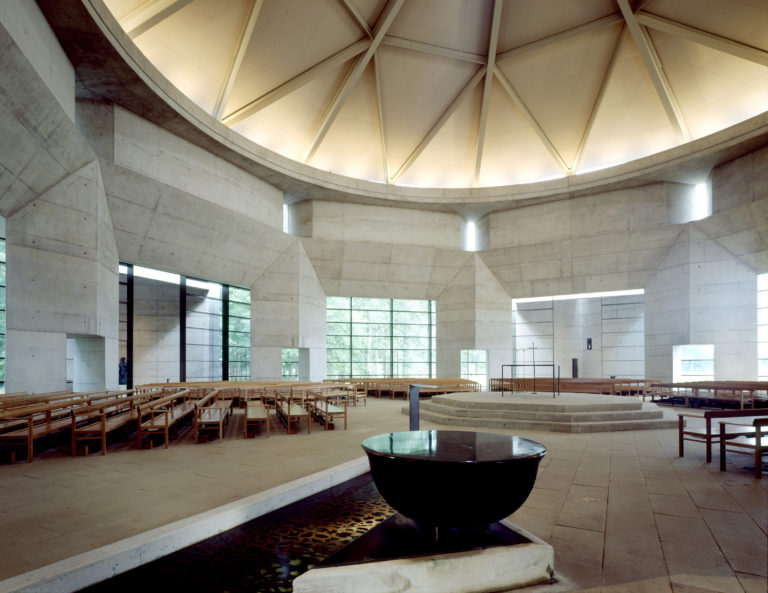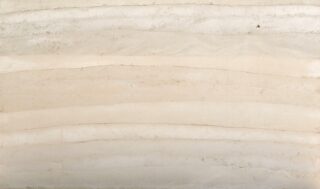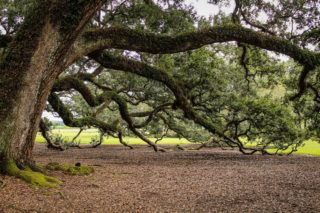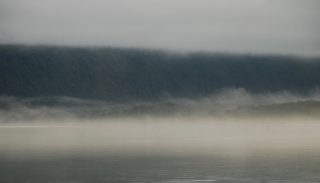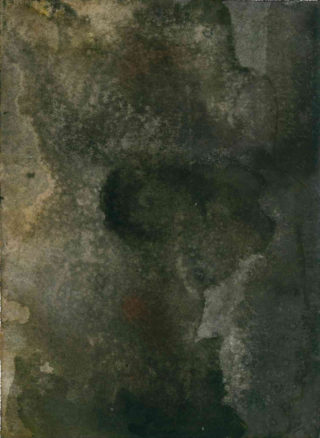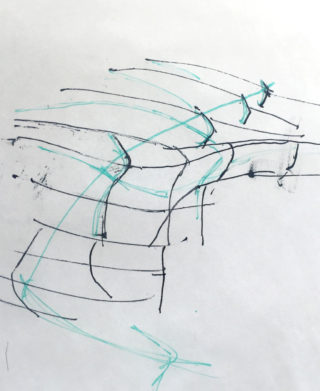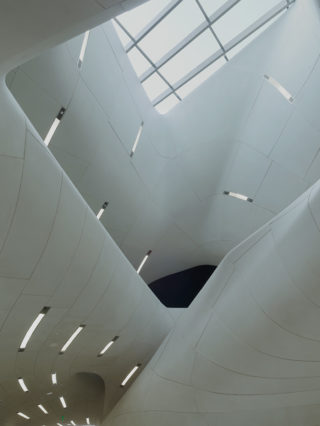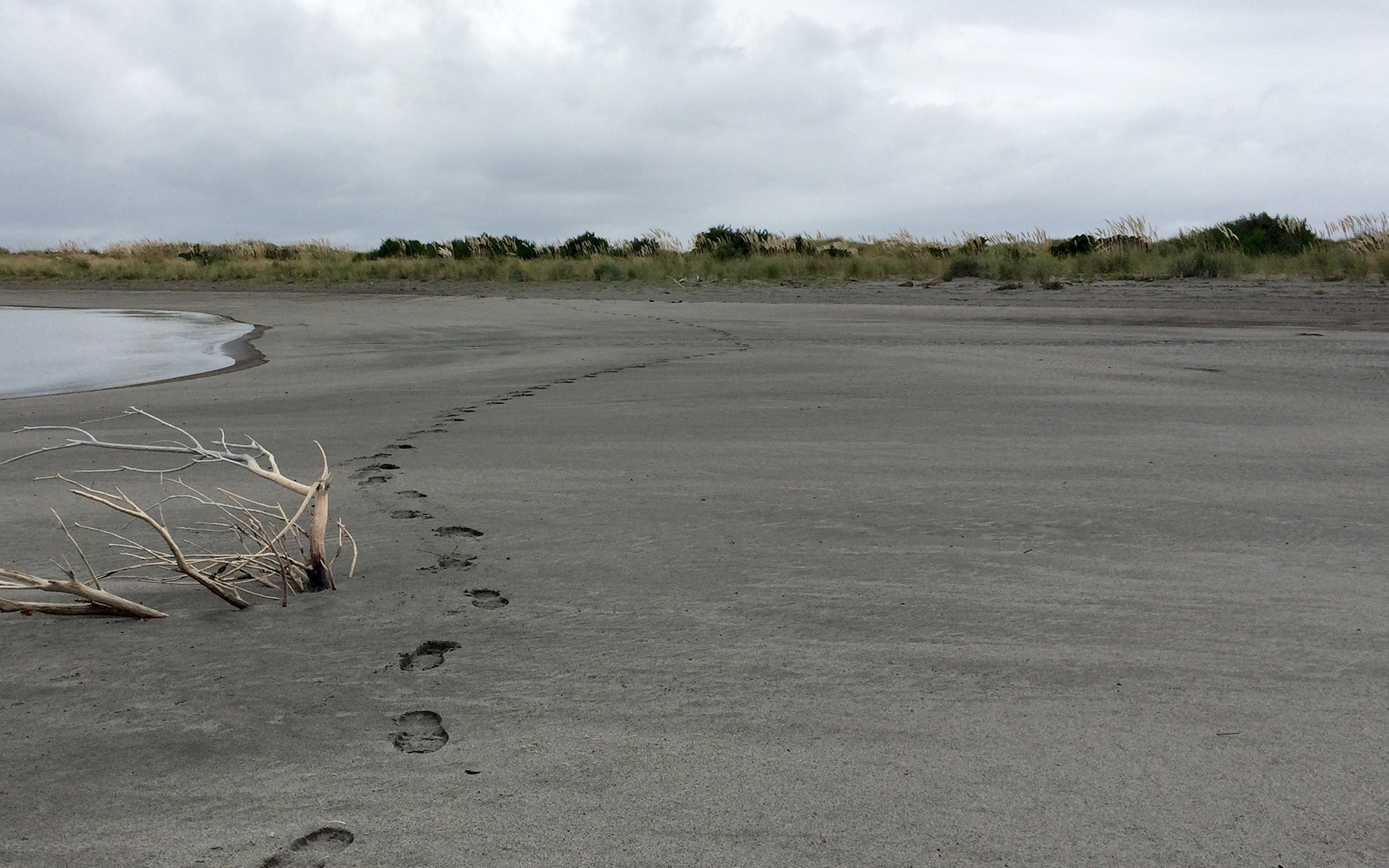
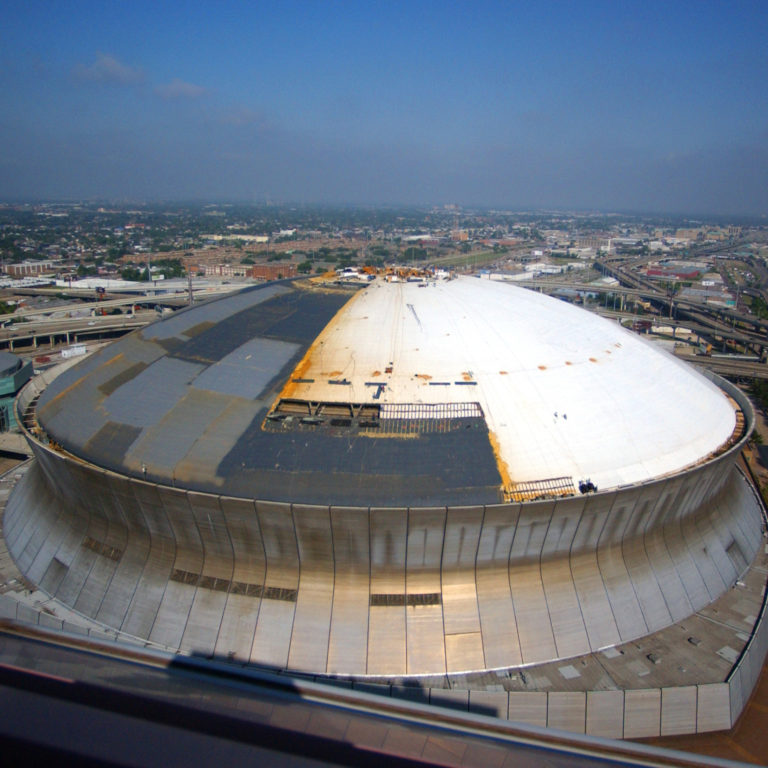
On August 29, 2005, the worst natural disaster in U.S. history, Hurricane Katrina, brought New Orleans to its knees. The effects of this devastating storm were personified by the damage inflicted upon the city’s largest, most recognizable icon, the Superdome. It came to serve as a “Refuge of Last Resort” providing shelter for more than 30,000 New Orleans citizens for six long days. Ultimately the Superdome is responsible for saving the lives of countless New Orleanians.
- Open story

On August 29, 2005, the worst natural disaster in U.S. history, Hurricane Katrina, brought New Orleans to its knees. The effects of this devastating storm were personified by the damage inflicted upon the city’s largest, most recognizable icon, the Superdome. It came to serve as a “Refuge of Last Resort” providing shelter for more than 30,000 New Orleans citizens for six long days. Ultimately the Superdome is responsible for saving the lives of countless New Orleanians.
- Open story
When it became necessary for the late Doug Tompkins, founder of North Face, to consider the future of his generous contribution to Chile’s conservation network he sought out Trey Trahan to inherit the stewardship of both the land and his ideals. He operated under the belief that humans have an ethical obligation to share the planet with other species, and that we must reorient our values and activities so that all forms of life can flourish.
- Open story
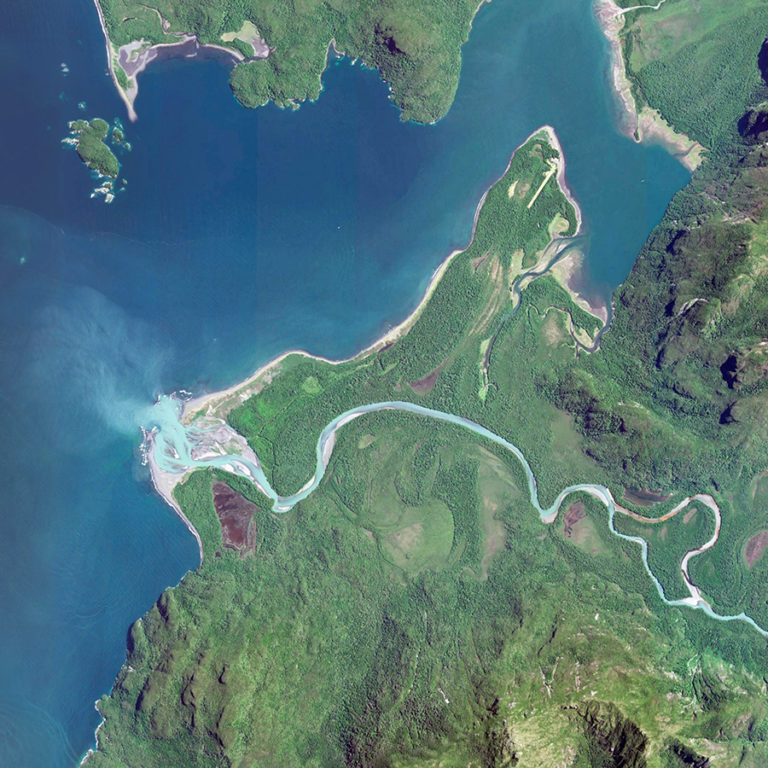

When it became necessary for the late Doug Tompkins, founder of North Face, to consider the future of his generous contribution to Chile’s conservation network he sought out Trey Trahan to inherit the stewardship of both the land and his ideals. He operated under the belief that humans have an ethical obligation to share the planet with other species, and that we must reorient our values and activities so that all forms of life can flourish.
- Open story
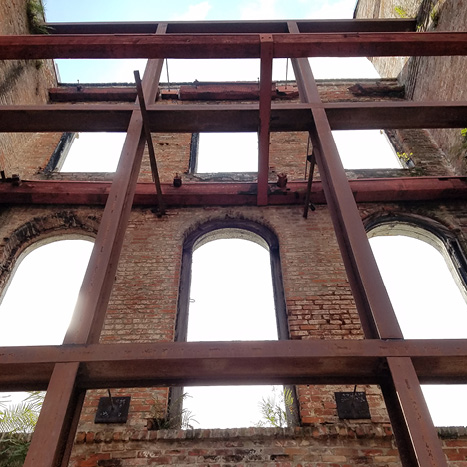
The first phase of the Magazine Street Museum project was comprised of restoring the historic masonry on site through a detailed, multi-step process. First, a series of stainless steel helical ties were installed in an approximate 18″ x 18″ diagonal grid in all existing walls. Then, a compatible fill material was injected into each wall filling all voids and cracks in order to create a monolithic, structurally stabilized wall. Next, selective tuck pointing and brick repair was done and all graffiti paint was removed. Finally, a rising damp course was installed in order to finish work on the walls. This process will stop the erosion and deterioration process and thusly restore the walls to their original structural integrity for many years to come.
- Open story

The first phase of the Magazine Street Museum project was comprised of restoring the historic masonry on site through a detailed, multi-step process. First, a series of stainless steel helical ties were installed in an approximate 18″ x 18″ diagonal grid in all existing walls. Then, a compatible fill material was injected into each wall filling all voids and cracks in order to create a monolithic, structurally stabilized wall. Next, selective tuck pointing and brick repair was done and all graffiti paint was removed. Finally, a rising damp course was installed in order to finish work on the walls. This process will stop the erosion and deterioration process and thusly restore the walls to their original structural integrity for many years to come.
- Open story
